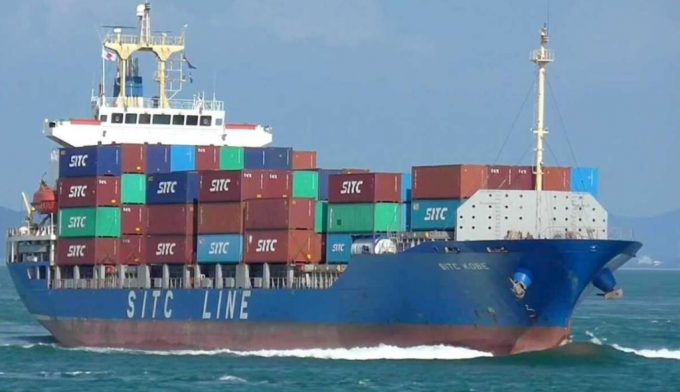
SITC has expanded its order for additional feeder vessels in response to a growing scarcity of tonnage in the market
4 months ago
SITC has expanded its order for additional feeder vessels in response to a growing scarcity of tonnage in the market

Intra-Asia carrier SITC has placed an order for six new 1,800 TEU feeder vessels with Huanghai Shipbuilding in China, with a total investment of $174 million. This move comes shortly after Chairman Yang Xianxiang highlighted the limited availability of feeder ships and expressed the company's desire to reinforce its position as one of the leading carriers in the intra-Asia market.
In a recent filing with the Hong Kong Stock Exchange, SITC announced that it had originally ordered four vessels in June and is now exercising options for two additional ships. This follows the commissioning of six similar newbuildings at Huanghai in 2022.
SITC's strategy to increase its owned fleet aligns with a broader trend observed among feeder operators. For instance, Alphaliner recently reported that Singapore's X-Press Feeders expanded its fleet by nearly 22% over the past year, adding 35,000 TEU, while DP World-owned Unifeeder increased its capacity by 18%, or 23,000 TEU. Notably, the global feeder vessel fleet has grown at a faster pace than the overall global liner fleet, which increased by 10.9% in the same period.
This year alone, SITC has taken delivery of nine vessels ranging from 1,000 to 1,800 TEU from Huanghai and Dae Sun in South Korea. As a result, the company has climbed to the position of the 14th-largest liner operator, boasting a total capacity of 182,429 TEU, comprised of 104 owned ships and 13 chartered vessels.
Mr. Yang noted, “Honestly, we did not anticipate having over 100 ships in Asia ten years ago. With relatively few orders for containerships under 3,000 TEU, we are expanding our fleet.” He also acknowledged concerns that the current surge in newbuilding orders from liner operators might lead to an oversupply of tonnage once the situation in the Red Sea stabilizes.
“The Red Sea crisis is currently the primary factor impacting the container shipping market. If shipping operators stop detouring around the Cape, it will certainly lead to overcapacity, resulting in lower charter rates. This could influence our strategies regarding ship ownership and charters, potentially altering the balance of our chartered tonnage.”
Looking ahead, Mr. Yang expressed a cautious optimism about the next three years, stating that if charter rates remain elevated, the company might refrain from chartering and instead explore new markets through large-scale leasing opportunities.
In the first half of 2024, SITC reported revenues of approximately $1.3 billion, reflecting a year-on-year increase of 3.8%, while net profit rose nearly 13% to $350 million.
Source: The Loadstar